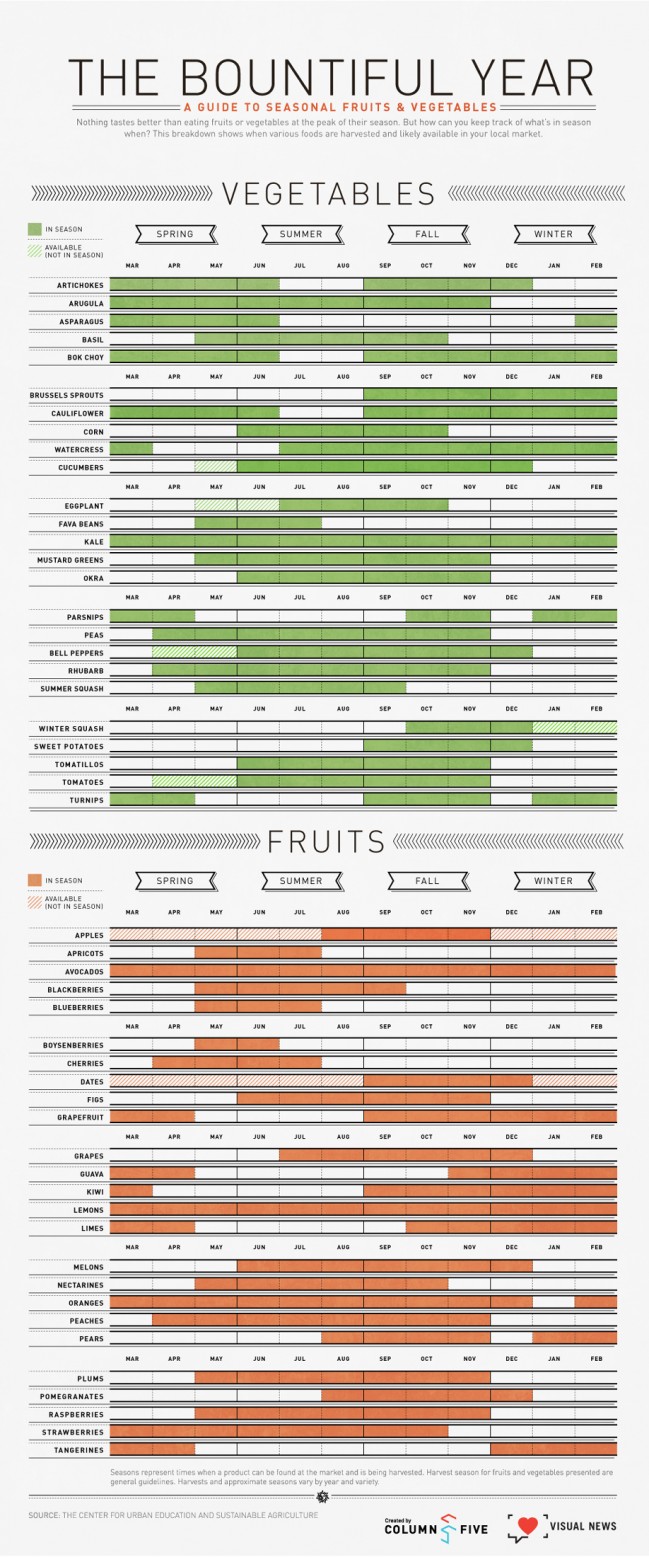 [div class=attrib]From Wired:[end-div]
[div class=attrib]From Wired:[end-div]
Human beings are notoriously terrible at knowing when we’re no longer hungry. Instead of listening to our stomach – a very stretchy container – we rely on all sorts of external cues, from the circumference of the dinner plate to the dining habits of those around us. If the serving size is twice as large (and American serving sizes have grown 40 percent in the last 25 years), we’ll still polish it off. And then we’ll go have dessert.
Consider a clever study done by Brian Wansink, a professor of marketing at Cornell. He used a bottomless bowl of soup – there was a secret tube that kept on refilling the bowl with soup from below – to demonstrate that how much people eat is largely dependent on how much you give them. The group with the bottomless bowl ended up consuming nearly 70 percent more than the group with normal bowls. What’s worse, nobody even noticed that they’d just slurped far more soup than normal.
Or look at this study, done in 2006 by psychologists at the University of Pennsylvania. One day, they left out a bowl of chocolate M&M’s in an upscale apartment building. Next to the bowl was a small scoop. The following day, they refilled the bowl with M&M’s but placed a much larger scoop beside it. The result would not surprise anyone who has ever finished a Big Gulp soda or a supersized serving of McDonald’s fries: when the scoop size was increased, people took 66 percent more M&M’s. Of course, they could have taken just as many candies on the first day; they simply would have had to take a few more scoops. But just as larger serving sizes cause us to eat more, the larger scoop made the residents more gluttonous.
Serving size isn’t the only variable influencing how much we consume. As M.F.K. Fisher noted, eating is a social activity, intermingled with many of our deeper yearnings and instincts. And this leads me to a new paper by David Dubois, Derek Ruckner and Adam Galinsky, psychologists at HEC Paris and the Kellogg School of Management. The question they wanted to answer is why people opt for bigger serving sizes. If we know that we’re going to have a tough time not eating all those French fries, then why do we insist on ordering them? What drives us to supersize?
The hypothesis of Galinsky, et. al. is that supersizing is a subtle marker of social status.
…
Needless to say, this paper captures a tragic dynamic behind overeating. It appears that one of the factors causing us to consume too much food is a lack of social status, as we try to elevate ourselves by supersizing meals. Unfortunately, this only leads to rampant weight gain which, as the researchers note, “jeopardizes future rank through the accompanying stigma of being overweight.” In other words, it’s a sad feedback loop of obesity, a downward spiral of bigger serving sizes that diminish the very status we’re trying to increase.
[div class=attrib]Read the entire article here.[end-div]
[div class=attrib]Super Size Me movie. Image courtesy of Wikipedia.[end-div]


 [div class=attrib]From Wired:[end-div]
[div class=attrib]From Wired:[end-div]